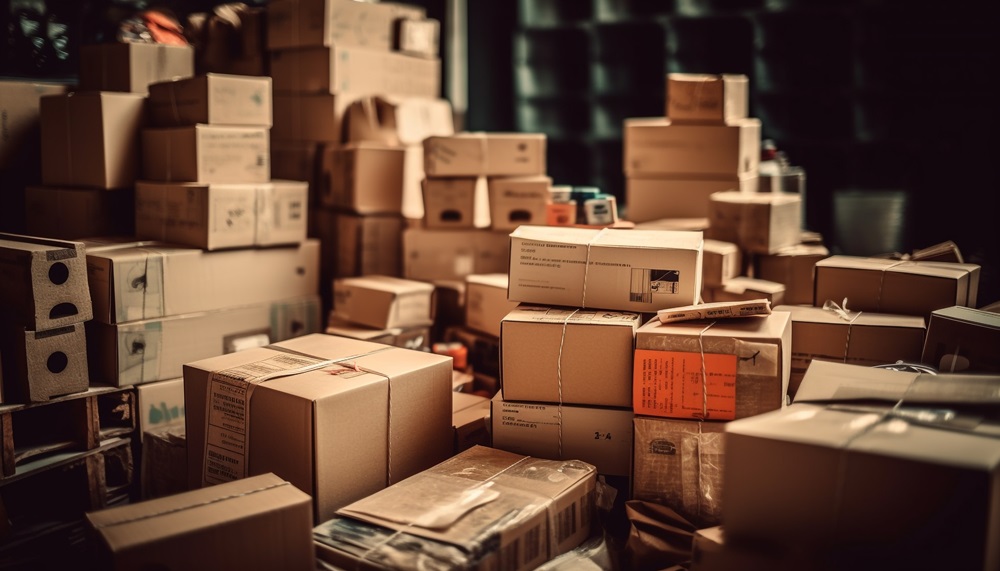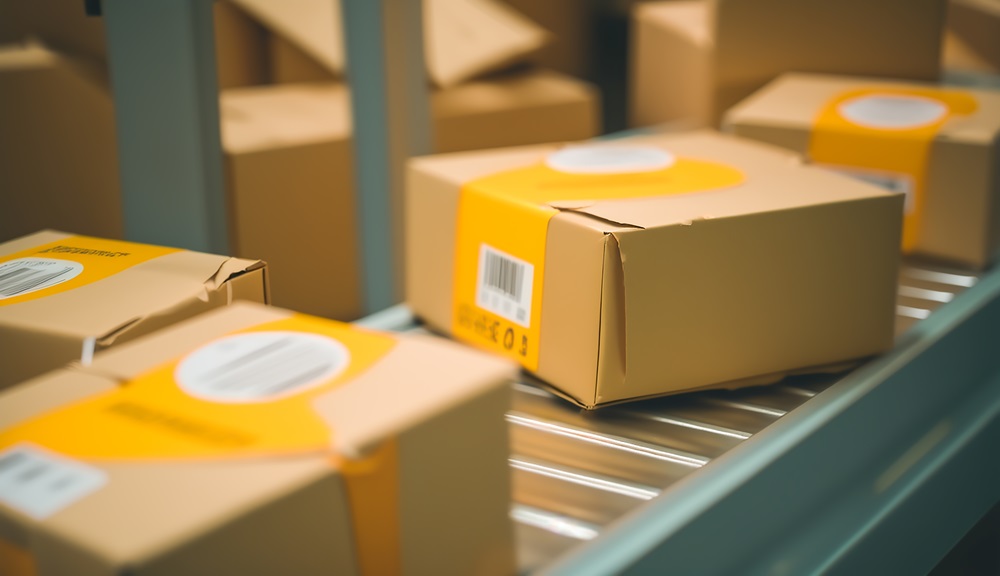Welcome to our comprehensive guide to reverse logistics—a pivotal component in the landscape of supply chain dynamics. Understanding the nuances of reverse logistics versus traditional logistics is crucial for businesses seeking resilience, sustainability, and enhanced operational efficiency. In this blog, we’ll unravel the key components, benefits, and impact of reverse logistics in supply chain management. From sorting returned items to strategic business growth, this guide is your companion while you go through the complexities that define the reverse journey of products.
Understanding Reverse Logistics vs Traditional Logistics
Reverse logistics and traditional logistics represent two distinct facets of supply chain management, each with its own set of objectives, processes, and challenges.
Traditional Logistics
Traditional logistics primarily focuses on the forward movement of products through the supply chain, from manufacturers to distributors and ultimately to end consumers. It involves processes such as transportation, warehousing, and order fulfillment. The goal is to ensure the efficient flow of goods, timely deliveries, and optimal inventory management. Traditional logistics is forward-looking, emphasizing the movement of products from the point of origin to their final destination.
Reverse Logistics
In contrast, the reverse logistics process deals with the reverse flow of products, moving from the end consumer back to the point of origin. This process is activated by product returns, recalls, or the end of a product’s lifecycle. Reverse logistics encompasses returns management, refurbishment, recycling, and disposal. The objective is to handle returned items efficiently and recover value from them, minimize waste, and contribute to sustainability. Reverse logistics is a strategic approach to managing the entire lifecycle of a product, extending beyond the traditional forward-focused logistics model.
Key Differences:
- Direction of Movement: Traditional logistics focuses on the forward movement of products from manufacturers to consumers. Reverse logistics involves the backward movement of products from consumers back to the point of origin.
- Objectives: Traditional logistics ensures timely deliveries, optimal inventory management, and efficient distribution. Reverse logistics aims to handle returns efficiently, recover value from returned items, and contribute to sustainability.
- Processes: Traditional logistics involve transportation, warehousing, order fulfillment, and distribution procedures. The reverse logistics process encompasses returns management, sorting, inspection, refurbishment, recycling, and responsible disposal.
- Timing: Traditional logistics operates in real-time, focusing on immediate product movement and delivery. Reverse logistics often deals with products that have already been in the hands of consumers, requiring careful handling and processing.
- Value Recovery: Traditional logistics primarily focuses on the efficient movement of new products to generate revenue. Reverse logistics seeks to recover value from returned items through refurbishment and resale, contributing to financial sustainability.
Components of Reverse Logistics
Reverse logistics is a multifaceted process that involves several key components, each playing a crucial role in the efficient management of the return journey of products. This intricate system is designed to handle the complexities associated with returned items, ensuring that they are processed, refurbished, and recycled systematically and sustainably.
Sorting Returned Items
At the heart of reverse logistics is the meticulous sorting of returned items. This initial step involves categorizing products based on their condition identifying whether they can be refurbished for resale, recycled, or require proper disposal. Efficient sorting sets the stage for subsequent actions in the reverse logistics process.
Inspection and Assessment
Once items are sorted, a thorough inspection is conducted to assess their condition. This step involves evaluating the functionality, quality, and overall state of returned products. Inspection guides decisions on whether a product can be refurbished, needs repairs, or should be directed towards recycling.
Refurbishment for Resale
Refurbishment is an important component aimed at maximizing the value extracted from returned items. Products that can be restored to a saleable condition undergo this process. It involves repairing defects, refreshing appearances, and ensuring the product meets quality standards. Refurbished items can then re-enter the market, contributing to financial recovery.
Recycling and Sustainable Disposal
Sustainable materials management is integral to reverse logistics. Items that cannot be refurbished or resold are directed towards recycling. It involves extracting valuable materials for reuse, reducing waste and environmental impact. Responsible disposal methods are employed for items that cannot be recycled, contributing to environmentally conscious business practices.
Disposition Determination
Determining the disposition of returned items is a critical decision-making step in reverse logistics. It involves choosing the most appropriate channel for each product—whether it is to be refurbished, recycled, or disposed of. Effective disposition strategies are essential for optimizing the value recovery process.
Efficient Handling Processes
Beyond individual components, the efficiency of the entire handling process is paramount. Timely and systematic handling ensures that returned items move seamlessly through each component of reverse logistics. This includes coordinating sorting, inspection, refurbishment, and recycling activities to minimize processing time and operational costs.
Integration with Overall Supply Chain
Reverse logistics is not a standalone process; it must be seamlessly integrated into the broader supply chain. Coordination with forward logistics ensures a cohesive and efficient supply chain management system. This integration enables businesses to optimize resources and enhance the overall effectiveness of their logistical operations.
To learn about the role of return merchandise authorization in optimizing inventory management and streamlining product returns, read this.
8 Key Benefits of Reverse Logistics
Reverse logistics is not merely a process of handling returns; it’s a strategic approach that can yield numerous advantages for businesses willing to invest in its effective implementation. Understanding the benefits of reverse logistics is crucial for companies seeking to navigate the challenges posed by returned products and capitalize on opportunities for growth and sustainability.
1. Recovery of Value from Returned Items
One of the primary benefits of reverse logistics is the opportunity for businesses to recover value from returned products. Through refurbishment and reselling, companies can mitigate financial losses associated with returns. This approach transforms what might be perceived as losses into avenues for revenue generation.
2. Enhanced Customer Satisfaction
An efficiently managed reverse logistics system contributes to enhanced customer satisfaction. Businesses can build trust and loyalty by streamlining the return process, addressing customer concerns promptly, and offering solutions such as easy returns. A positive reverse logistics experience reinforces a customer-centric approach and encourages repeat business.
3. Contribution to a Circular Economy
Reverse logistics is crucial in fostering a circular economy. By recovering value from returned items through refurbishment and reselling, businesses actively participate in reducing waste. This commitment to sustainability aligns with the growing consumer demand for environmentally responsible practices, enhancing a company’s reputation.
4. Reduction of Environmental Impact
The environmental benefits of reverse logistics extend beyond waste reduction. By responsibly handling returned items, including recycling materials and using sustainable disposal methods, businesses contribute to reducing their overall environmental impact. It aligns with corporate social responsibility goals and demonstrates a commitment to sustainable business practices.
5. Minimization of Financial Losses
Effective reverse logistics strategies can help businesses minimize financial losses associated with returned items. Instead of considering returned products as complete losses, companies can recover value by refurbishing and reselling them. This approach positively impacts the bottom line and supports a more sustainable and resource-efficient business model.
6. Optimized Inventory Management
Reverse logistics contributes to optimized inventory management. Businesses can adjust their inventory strategies by understanding the reasons for returns and the condition of returned items. This insight allows for better demand forecasting, reducing excess stock and preventing overproduction, ultimately leading to more efficient inventory management.
7. Strategic Business Growth
Embracing reverse logistics as a strategic component of overall supply chain management positions businesses for growth. Efficiently managing returns, refurbishing products, and integrating reverse logistics into the broader supply chain strategy opens avenues for new revenue streams, increased market share, and improved competitiveness in the market.
8. Compliance with Regulations and Standards
Many industries face regulations and standards related to product returns and disposal. Effective reverse logistics ensures businesses comply with these regulations, avoiding legal issues and potential fines. This commitment to regulatory compliance enhances the company’s overall risk management strategy.
To learn how AI and machine learning is transforming the way that businesses manage warranties, read this.
Reverse Logistics in Supply Chain Management
Reverse logistics significantly impacts supply chain management by introducing a strategic approach to handling returned products and the entire lifecycle of goods. It plays a crucial role in enhancing the overall efficiency, sustainability, and profitability of the supply chain. The introduction of reverse logistics in supply chain management allows businesses to recover value from returned items through processes like refurbishment and resale, mitigating financial losses.
Moreover, by responsibly managing the disposal and recycling of products at the end of their lifecycle, reverse logistics aligns with environmental sustainability goals, contributing to a circular economy. Including reverse logistics in the broader supply chain strategy enables businesses to optimize resources, reduce waste, and foster customer loyalty by providing efficient returns processes. Overall, reverse logistics transforms the challenges associated with returns into opportunities for growth, customer satisfaction, and a more sustainable and resilient supply chain.
Conclusion
Our guide to reverse logistics has illuminated the strategic imperative of embracing the reverse journey within supply chain management. When you consider the return of items bought, 10% of in-store purchases and at least 30% of online purchases are returned. Businesses employ reverse logistics to reduce return loss and foster client loyalty and repeat business. As companies evolve to meet the demands of a dynamic market, the efficient handling of returns, refurbishment for resale, and responsible disposal have become integral components. Value recovery, enhanced customer satisfaction, and contribution to a circular economy are not just theoretical concepts but actionable strategies for success.
About ServiceCentral
ServiceCentral Technologies, Inc. provides web-based reverse logistics, service, and repair management software solutions that enable companies to transform the after-sales service of products into a profit stream. ServiceCentral software is highly configurable and used to streamline workflows to track product returns, warranties, service, repairs & parts through the entire post-sales service chain.
The product suite is modular in nature and can be implemented anywhere service and repair activities occur, including repair depots, retail stores, service counters, authorized service centers, call centers, and online channels. Hosted and in-house installation options are scaled to serve businesses of all sizes. To learn more about our solutions, get in touch with us here.




 Our website uses cookies as further described in our
Our website uses cookies as further described in our